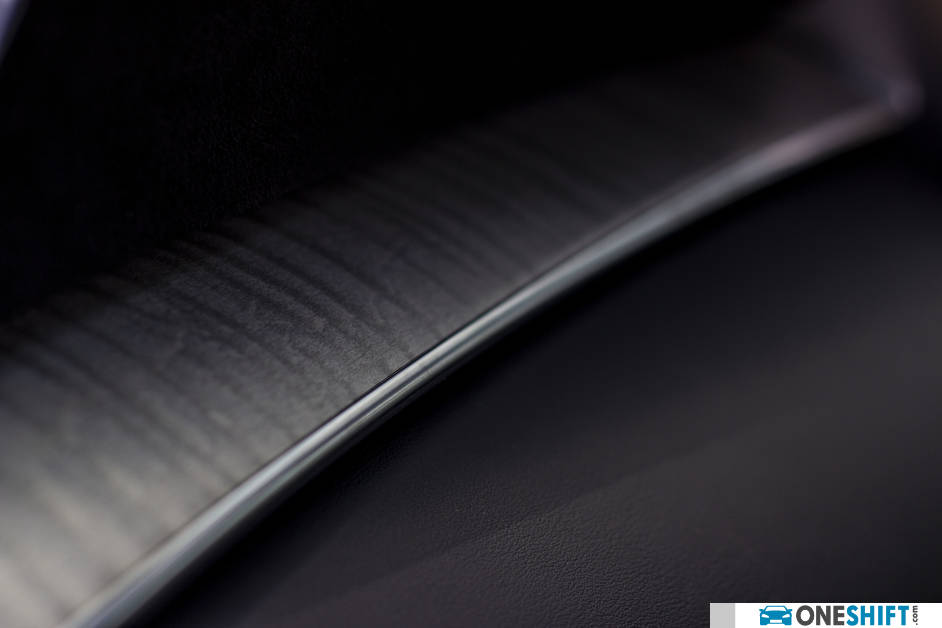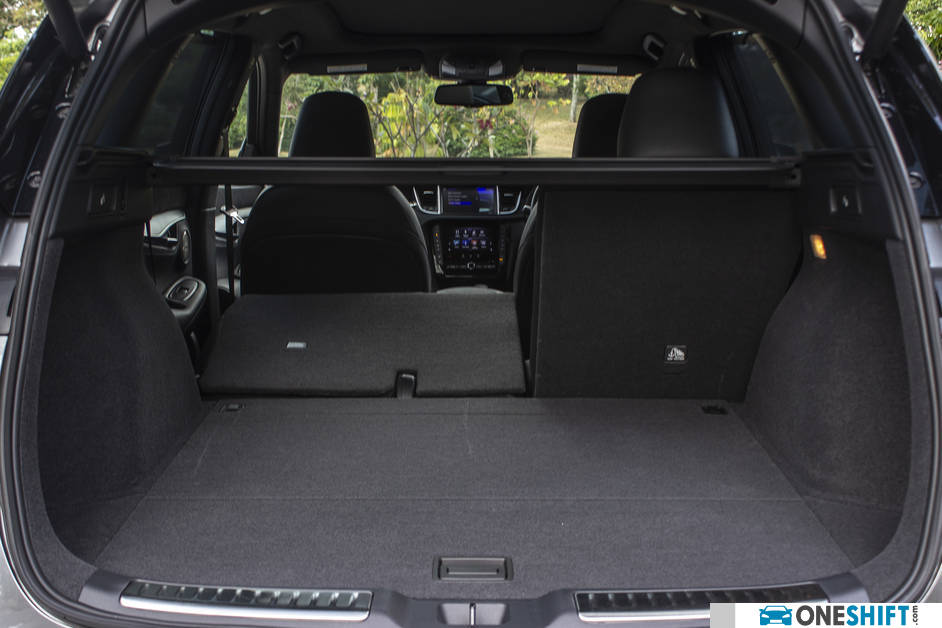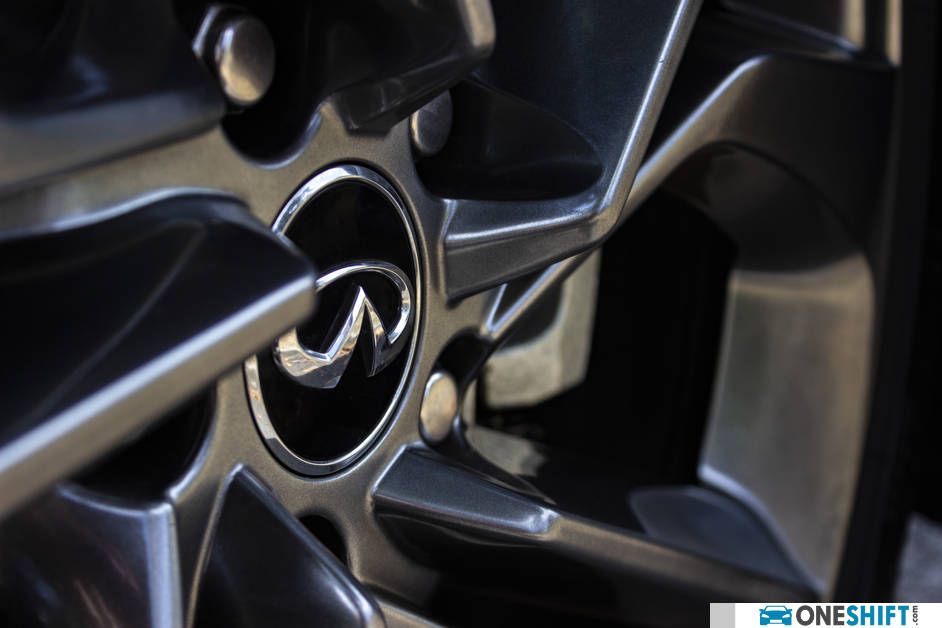To Variability and Beyond
There has been quite the buzz about Infiniti’s new Variable Compression Turbocharged engine. A technological wonder which might simply be the best thing done to an engine proper, since the introduction of Variable-Valve Timing decades ago

There has been quite the buzz about Infiniti’s new Variable Compression Turbocharged engine. A technological wonder which might simply be the best thing done to an engine proper, since the introduction of Variable-Valve Timing decades ago. While valve timing acts to do what it actually says, and presents itself in various forms; with the effect of advancing, retarding or even simply prolonging valve opening times of both inlet and exhaust valves, for purposes of improved performance or the advantage of better fuel economy. Variable Compression on the other hand, takes the internal combustion engine much further. But let us get to that later.

The new QX50 is one massive SUV and it visually dwarfs competition from the likes of the Mercedes-Benz GLC, Audi Q5, Lexus RX and BMW X3. Infiniti design language is present throughout, like its crescent-cut C pillar and supporting shoulderline, thinned out to visually give an impression of lightness, and further complementing its lengthy 2,880mm wheelbase. A double arched grille up front, flanked by aggressive headlamps, and at the rear, a characteristic line above the brand insignia, garnished in chrome adds a little more depth. A set of large ten-spoke 20” rims with 255/45 tyres, fill in the wheel arches well on our ‘Sensory’ trim test car.

Space is a strong point of this car. With their design brief requiring that wheels are pushed into the far corners, so as to reduce intrusion into the interior, while up in-front, the engine, together with its transmission is arranged in transverse style, means that the cabin is brought forward a little more.

Slide into the driver’s seat, and you are greeted right away with armchair-like comfort. Suede-like alcantara lining adds more dimension to the well-appointed leather interior, further accented by open pore maple wood finish, contributing added texture to the tactile dash.

Room for passengers at the rear is excellent, even for taller occupants, thanks to plenty of available legroom.

Like the rest of the Infiniti range, the QX50 also utilises their dual touchscreen inTouch infotainment unit, featuring an 8.0” upper and a glossy 7.0” lower unit dedicated to displaying apps and and climate control options, while the former is primarily for displaying the map; though does not come across as very user-friendly. Adding onto the feed of information, the QX50 also gets an instrument gauge screen which sits between the large analogue dials in the instrument binnacle. The audio system features a 16-speaker BOSE system, which includes an eleven litre custom-engineered enclosure housing a pair of high-excursion Nd Richbass woofers, built to deliver a rich bass soundtrack.

Open the automated kick-operated tailgate, and you are greeted by a flat-loading cargo area, boasting a whopping 881 litres of boot space, or good enough for three golf bags, and at a slight squeeze, even four. Fold the 60:40 style rear seatbacks down, and cargo room goes up to a whopping 1,890 litres, ideal for that occasional IKEA run.

Under the hood, the QX50 is the first car to be powered by their state-of-the-art Variable Compression Turbocharged two-litre engine. The ingenious system works by a way of a motor-driven multi-linked arm, which shifts the entire crank assembly, conrods and pistons, thus raising and dropping the the compression ratio of the engine. Under hard acceleration, the system reduces compression to accomodate for a heavier load to deliver more power, with the help of turbocharging. And with more relaxed driving conditions, the arm goes the opposite direction, increasing the compression ratio of the engine, up to a very high 14:1, for greater efficiency.

All this mechanical trickery results in a maximum power of 268hp and 380Nm of torque.
In complementing this variable delivery, the QX50 naturally utilises a CVT transmission to swop virtual cogs, segmented to 8 “gears”; which allows the luxury SUV the best gear ratio, in-relation to engine output of the moment.

Acceleration from stand-still feels rather different from what we are usually used to (since the engine and transmissions are both variable). There is just a slight bit of characteristic lag as the turbocharger spools up, and depending on how heavy you are on the accelerator, takeoff is usually silky smooth, only to be punctuated by programmed stepped “gearshifts”, a little something we do not need in a car with a CVT transmission.

Go hard on the throttle, and the QX50 reaches 100km/h in a respectable 8.3 seconds (in comparison, the lower-powered BMW X3 xDrive20i does this in 8.2 seconds). Fuel economy is rated at a combined 11.5km/l for our test car, while the ‘Essential’ trim 2wd model of the same car does 11.9km/l.
In helping to keep vibrations down, the QX50 utilises an active engine mount vibration damping system, what Infiniti calls an Active Torque Rod (ATR). Together with the help a G-sensor which detects vibrations, the ATR is able to recreate opposite reciprocating vibrations (almost similar to how noise cancellation headphones work) to help deliver a smoother ride.

Within the cabin, the QX50’s ride comfort is excellent, and noise intrusion is very minimal. While all of that is good, do not expect to sports car-like performance from this sporty-looking SUV. Its steering does come across as a little vague, and if you were to enthusiastically pitch it into a turn, the Inifiniti will wallow quite a bit. We also learnt that the supplied Bridgestone Alenza Runflat tyres are not the best for wet-puddled roads.

Credits:








Get the Best Price for your used car
from 500+ dealers in 24 hours

- Convenient and Hassle-Free
- Consumer Protection
Transparent Process
With No Obligation


